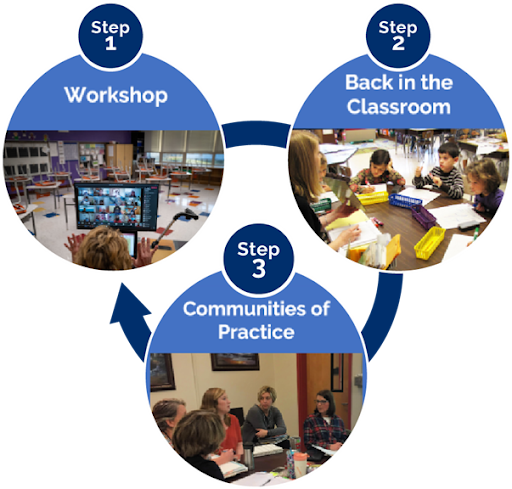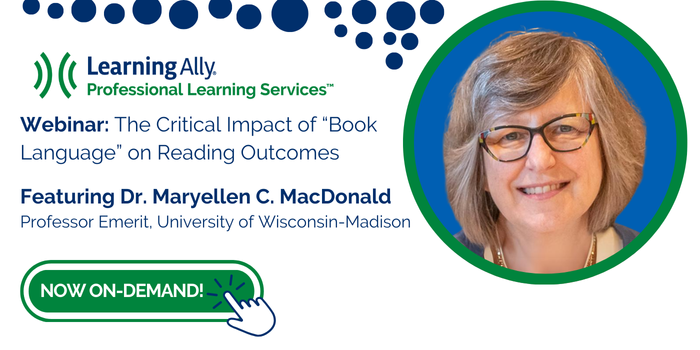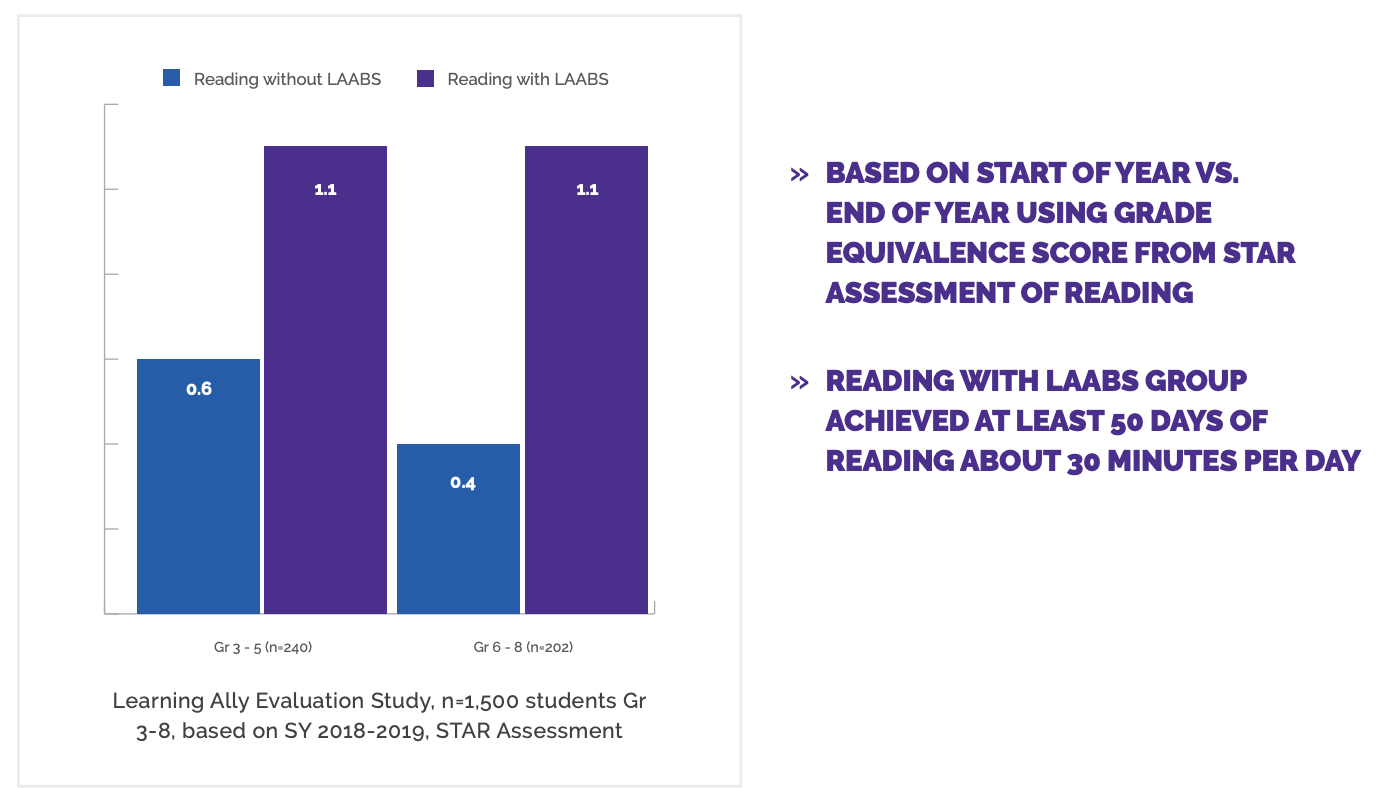One of our West Coast district partners—and also one of the largest school districts in the country—experienced significant challenges before discovering the transformative power of actionable learning. Despite investing in a popular professional learning program to improve literacy instruction, administrators saw no meaningful changes in their teachers’ classrooms.
Categories: resourceLearning Ally Blog: Access and Achievement
Now more than ever, people with learning and visual disabilities are flourishing in the classroom, launching productive careers and becoming assets in their communities. This blog spotlights remarkable individuals who demonstrate that having a visual or print disability is no barrier to educational success.




